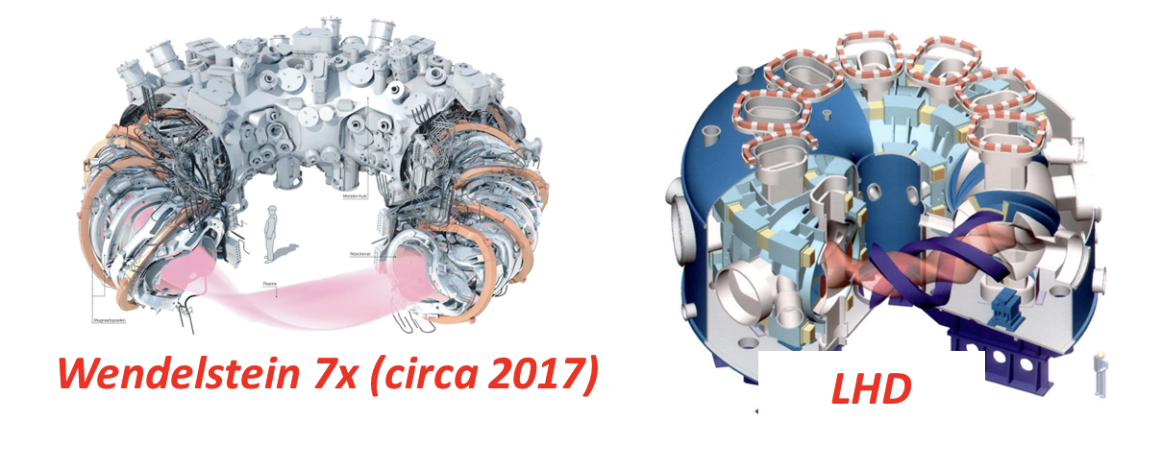
2 minute read
HU School of Science Awarded a $1.7M Grant from the Simons Foundation to Help Develop a New Stellarator Experiment Group to Advance Research in Fusion Plasma Science
The Stellarator for Training and Research (STAR_LITE) Program is a Collaboration with Princeton Plasma Physics Laboratory (PPPL) to Expand Fusion Science Education at HU

Hampton, VA (October 17, 2023) – The Hampton University School of Science has been awarded a $1.76M grant from the Simons Foundation to help develop a new Stellarator Experiment Group to advance research in Fusion Plasma Science.
“We are grateful to the Simons Foundation for their support of the great strides in research happening here in the School of Science,” said Isi Ero-Johnson, Ph.D., dean, HU School of Science. “The Simons Foundation grant is focused on undergraduate and graduate education to engage underrepresented students, scientists, and engineers in research of worldwide importance, in collaboration with internationally known researchers and ultimately introducing a new and diverse set of expertise into the fusion workforce.”
The funding will support the design and construction of a stellarator experiment, STAR_Lite, in partnership with the Princeton
Plasma Physics Laboratory (PPPL). The Stellarator for Research and Training (STAR_Lite) program will be organized around long-term national and international collaborations with world-leading plasma scientists to enhance Hampton’s contributions to the advancement of fusion plasma science.
The stellarator is one of the technologies scientists believe could lead to real-world fusion power. A stellarator is a machine that uses magnetic fields to confine plasma in the shape of a donut, called a torus. These magnetic fields allow scientists to control the plasma particles and create the right conditions for fusion reactions.
“Fusion power will provide the world with safe, clean, and renewable power,” said Dr. Calvin Lowe, professor, department of physics, School of Science. “The pursuit of controlled thermonuclear fusion as a near endless source of pollution-free electricity is approaching fruition. After 60+ years, a stellarator based fusion power plant is within reach.”
Although STAR_Lite is in its early conceptual design phase, it is envisaged that the primary coils will have an open geometry, likely helical, to study the issues and benefits of an open-access design for experimental flexibility and for power-plant maintenance. The outcomes of
this three-year program include the design and construction of a complete stellarator device, having mapped the magnetic flux surfaces and preparing for a first plasma operational phase.










